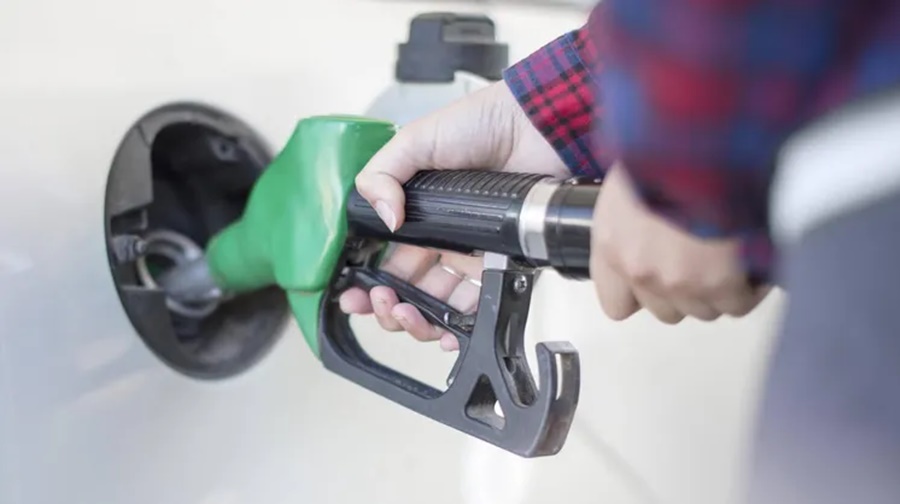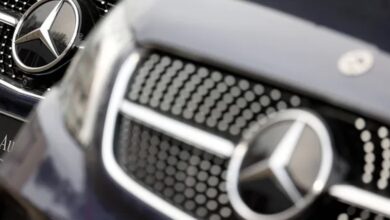What is the difference between E5 and E10?
Years ago, in addition to the normal super petrol E5, the new fuel type E10 was added.

The uncertainty persists to this day: who is actually allowed to fill up on what? Find out here.
For a long time, refueling was very easy: there was regular petrol, super and diesel, and maybe a few more expensive special types. Then, in 2011, the new E10 variety came onto the market – and with it the confusion. What is the difference between the two varieties? Which ones can you fill up without risk? And is there any risk at all?
For a long time there was – apart from diesel – in addition to normal petrol (no longer available in Germany) only the standard premium petrol. At 95, it has a higher octane content than regular petrol in the past and was therefore always more expensive.
A bioethanol share of up to five percent is added to the Super. That’s why it’s known as the E5 or Eurosuper. This fuel is also labeled “RON 95” or “Super 95” on the petrol pumps. In 2011, on the initiative of politicians, Super with up to ten percent bioethanol was launched on the market – the new E10 variety at the time.
But not all engines can handle the high proportion of ethanol. The concerns of the motorists were correspondingly large.
What will change for drivers of older cars?
Almost all petrol-powered vehicles can handle the new E10, and most of them even have an E10 approval from the manufacturer. You can find out what these are here. For the remaining cars – mostly older models – drivers should use the old E5. Otherwise there is a risk of engine damage due to misfuelling.
If in doubt, have approval confirmed
Many motorists are still skeptical about Super E10, although so far there has been no known damage caused by the biofuel in the fuel system of a car that was approved for E10. Anyone who is unsure whether their car can tolerate E10 should follow the manufacturer’s instructions: they must have approved the car for this.
The manufacturers specify certain years of construction from which their cars can handle the fuel. If the car’s first registration date is shortly before this year of manufacture, then it is best to seek advice from the authorized dealer or ask the manufacturer again. If a car is designed for biofuel, you can fill it up alternately with E10 or E5.
In an emergency, fill up with Super Plus
If you are absolutely not sure whether the engine can handle E10, you can fill up with Super Plus. With this fuel, which has a significantly higher octane content of 98 and whose bioethanol content is five percent, drivers play it safe, even if resorting to Super Plus means higher costs.


